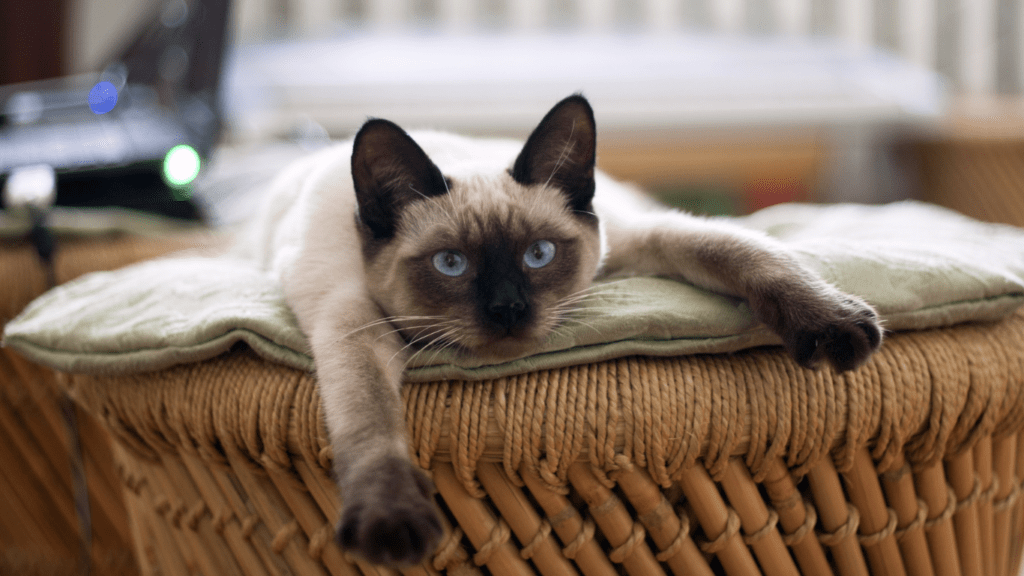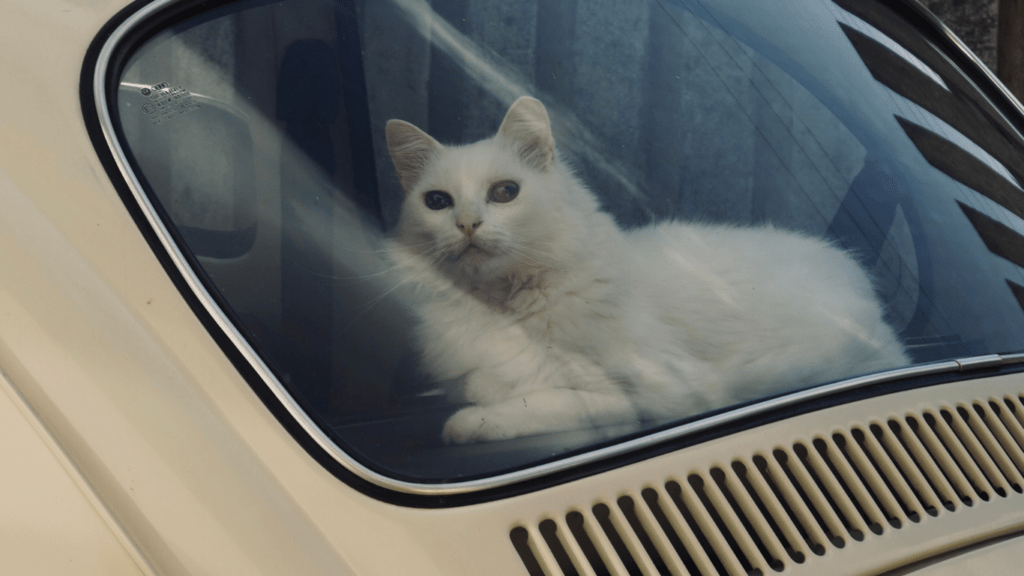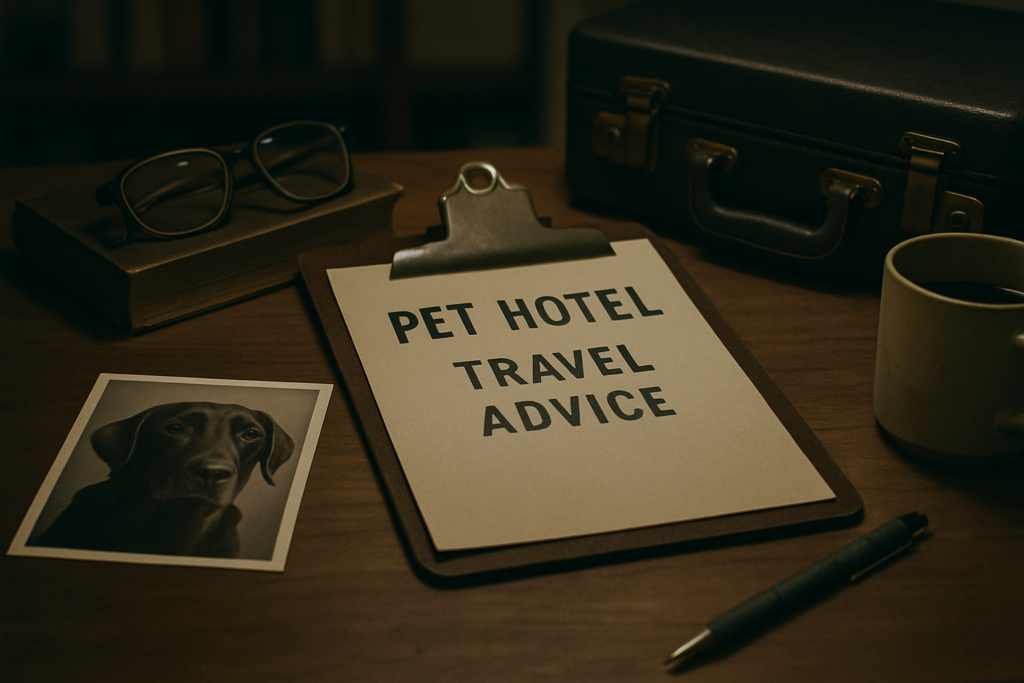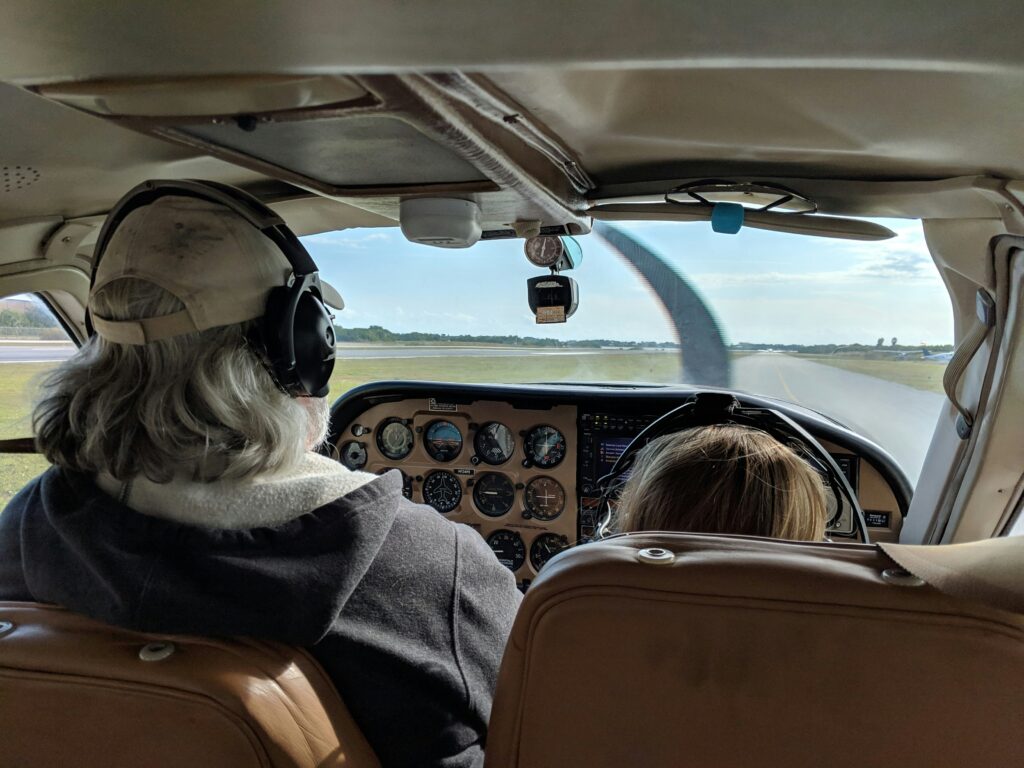Understanding Pet Anxiety During Travel
Traveling can be a stressful experience for pets. Recognizing anxiety and understanding its causes can help create a more relaxed journey.
Signs of Anxiety in Pets
Pets display various signs of anxiety during travel such as:
- Restlessness: Pacing or constantly shifting positions.
- Panting: Heavy breathing not related to temperature.
- Whining or Barking: Vocalizing more than usual, indicating discomfort.
- Drooling: Excessive saliva without food stimuli.
- Trembling: Shaking or shivering without cold exposure.
Recognizing these signs early helps address anxiety before it escalates.
Factors Contributing to Travel Anxiety
Several factors contribute to travel anxiety in pets such as:
- Unfamiliar Environments: New sights, sounds, and smells can be overwhelming.
- Motion Sickness: Movement can cause nausea and discomfort.
- Separation from Owners: Being confined away from their owners during travel.
- Previous Negative Experiences: Past trauma related to travel.
- Lack of Acclimation: No prior exposure to travel conditions.
Understanding these factors helps in creating effective strategies to calm pets during travel.
Pre-Travel Preparation

Adequate preparation significantly reduces pet anxiety during travel. Use these strategies to ensure a smoother journey.
Training Your Pet for Travel
Gradual acclimation familiarizes pets with the travel process. Start with short car rides, gradually increasing duration. Use praise or treats to reinforce positive experiences.
Crate training is essential, especially for air travel. Introduce the crate as a safe space by placing it in familiar surroundings. Leave treats or toys inside to create positive associations. Practice periodic crate stays leading up to the travel date to reduce stress.
Choosing the Right Travel Accessories
Select travel accessories that enhance comfort and security. Crates or carriers provide safe spaces, keeping pets secure during transit. Ensure they’re well-ventilated and appropriately sized.
Use harnesses for car travel to prevent injuries during sudden stops or accidents. Blankets or familiar items inside the carrier offer comfort.
Portable water bowls ensure hydration, while calming products like sprays or collars containing pheromones help maintain calmness. Make informed choices to create a stable and comforting travel environment.
Tips for Keeping Your Pet Calm During Travel
Traveling with pets can be stressful for both animals and owners. Implementing specific strategies can make the experience smoother and more enjoyable.
Creating a Comfortable Environment
A comfortable environment is essential for reducing pet anxiety during travel. Use familiar items such as blankets, toys, or bedding that carry your pet’s scent.
This familiarity helps reduce stress by providing a sense of home. Ensure proper ventilation and maintain a moderate temperature in the travel space to keep your pet comfortable.
Arrange for regular breaks if traveling by car, allowing your pet to stretch and relieve itself. This reduces restlessness and keeps your pet comfortable.
If flying, ensure your pet’s carrier meets airline requirements for size and ventilation. Place the carrier under the seat in front of you to keep your pet close and reduce separation anxiety.
Calming Techniques and Products
Several techniques and products can keep your pet calm during travel. Consider using pheromone sprays or diffusers like Adaptil for dogs or Feliway for cats.
These products mimic natural calming pheromones and can significantly reduce anxiety. Apply the spray inside the carrier or use a diffuser in the car.
Soft music, like classical or specially designed pet-relaxation music, can soothe your pet. Studies show that music at a low volume helps reduce stress. Bring along natural calming supplements, such as those containing melatonin or L-theanine, after consulting your vet.
Engage your pet with interactive toys or puzzle feeders, which can distract them from potential stressors. These activities keep them occupied and mentally stimulated, making the travel experience more pleasant.
Always consult your vet before introducing new calming techniques or products to ensure they’re suitable for your pet’s specific needs.
On the Day of Travel
Carefully managing travel day activities helps maintain your pet’s calmness. Implement effective strategies to ensure a stress-free journey.
Strategies for the Journey
Start with a pre-travel walk to tire your pet. The exercise reduces restlessness during the trip. Secure your pet with a harness or in a crate for safety. Bring along their favorite toy or blanket for comfort.
Position pets where they can see you if possible, as it reassures them. Use calming products such as pheromone sprays to ease anxiety. Keep car windows slightly open for fresh air but avoid letting them stick their head out.
Managing Feed and Medication Schedules
- Feed pets 3-4 hours before departure to prevent motion sickness.
- Avoid giving large meals right before traveling.
- Have a small meal or snack ready for longer journeys.
- Ensure your pet has taken any prescribed medications.
- Keep medications and familiar food items easily accessible during travel.
- For pets on anxiety medications, administer them as directed by your veterinarian to maintain calmness.


